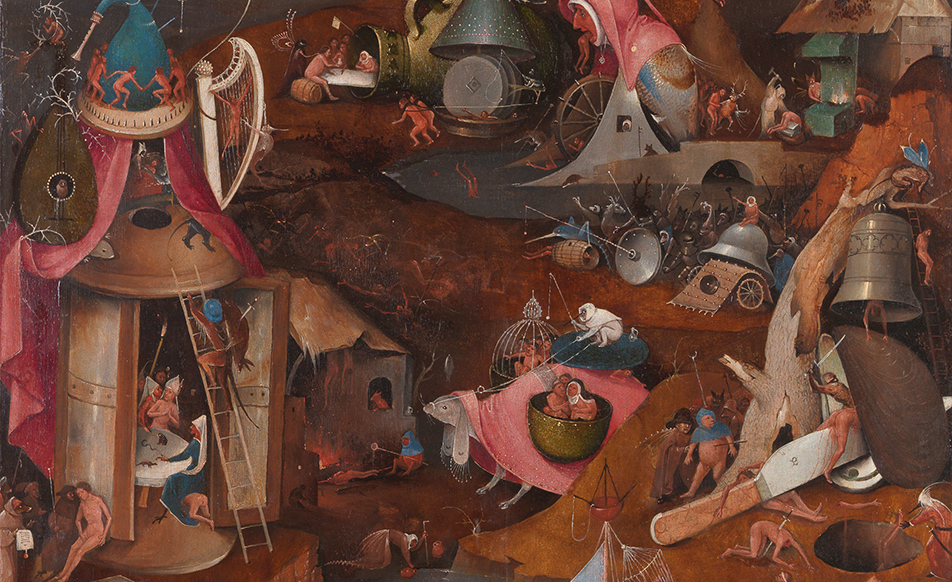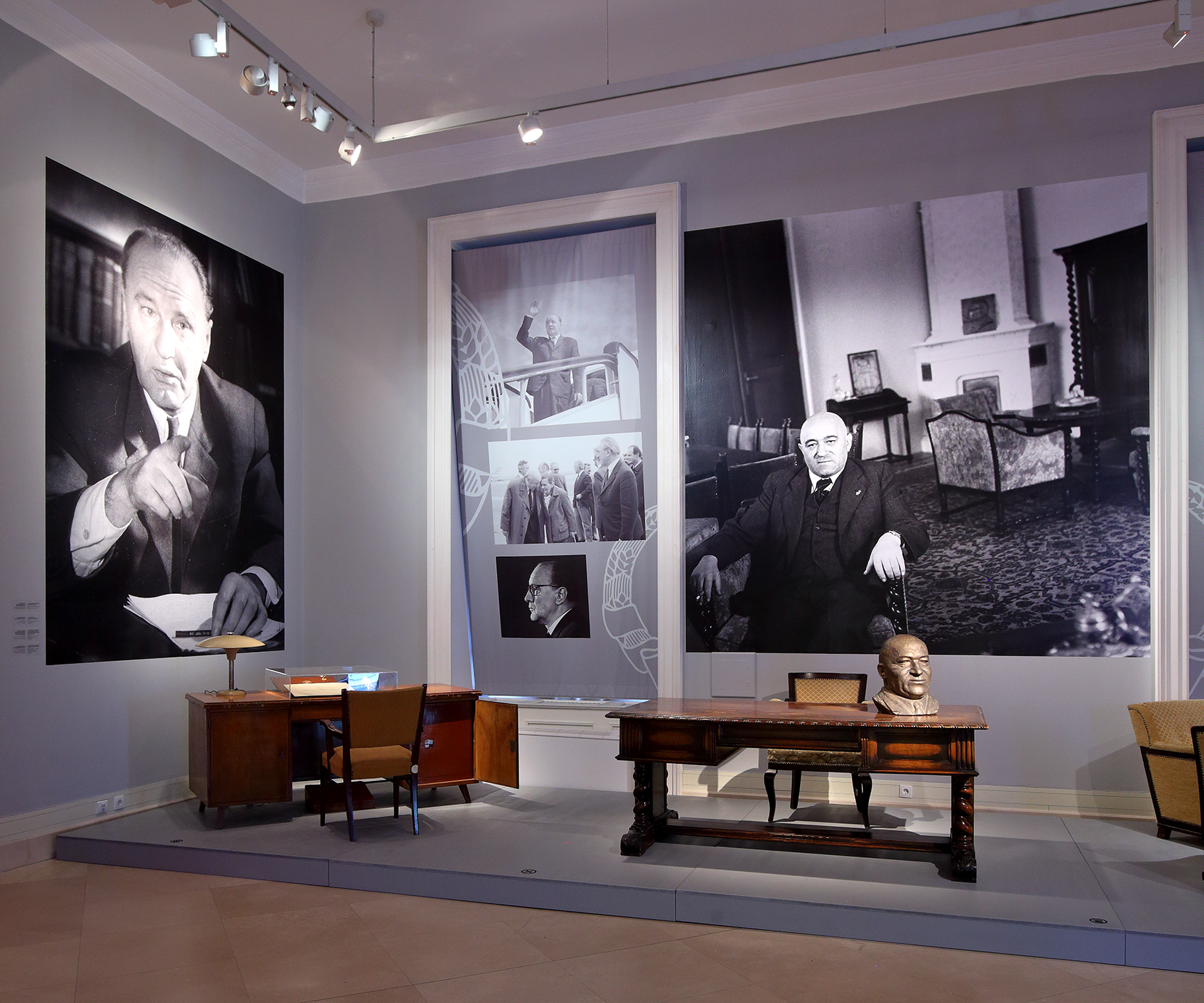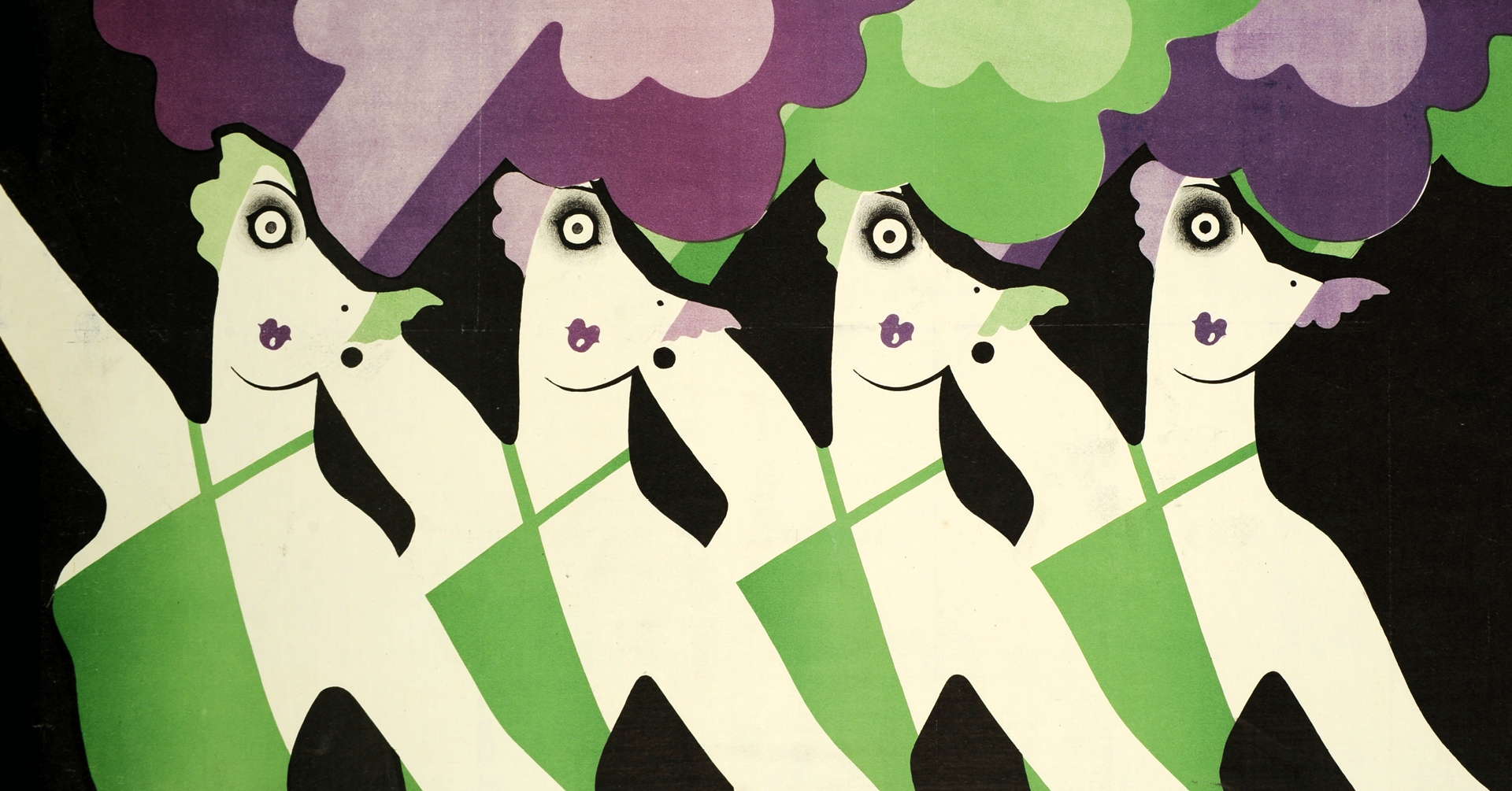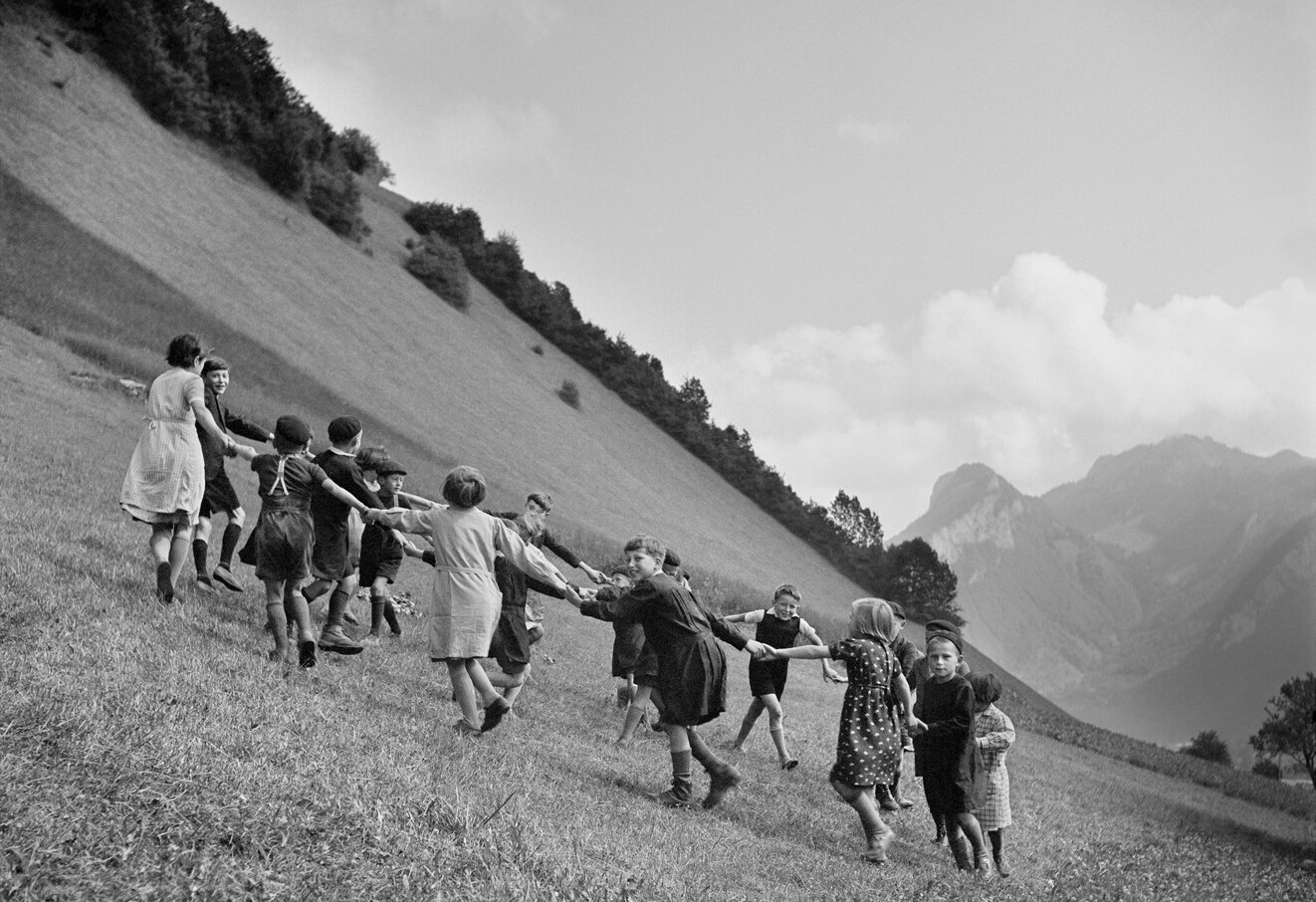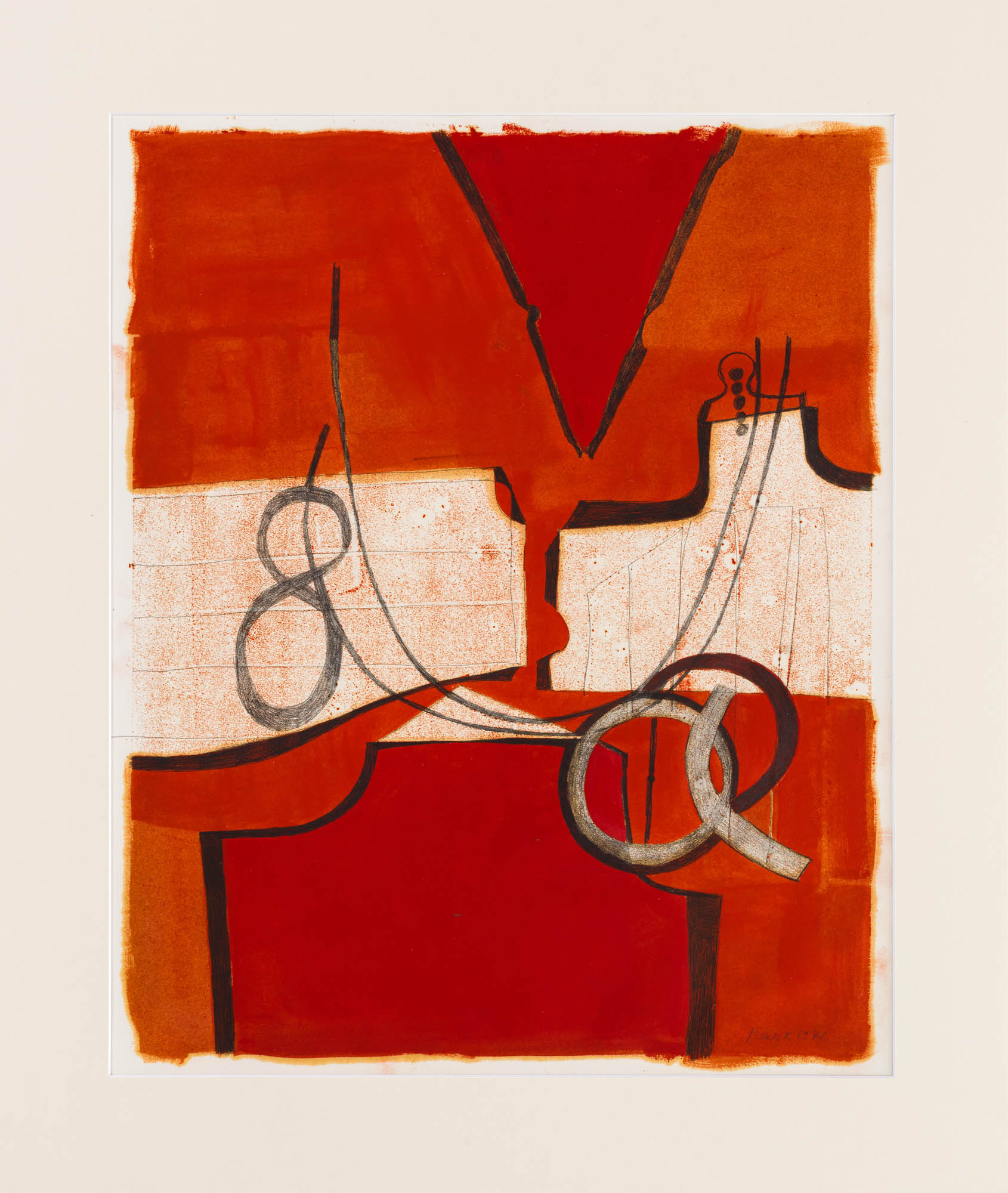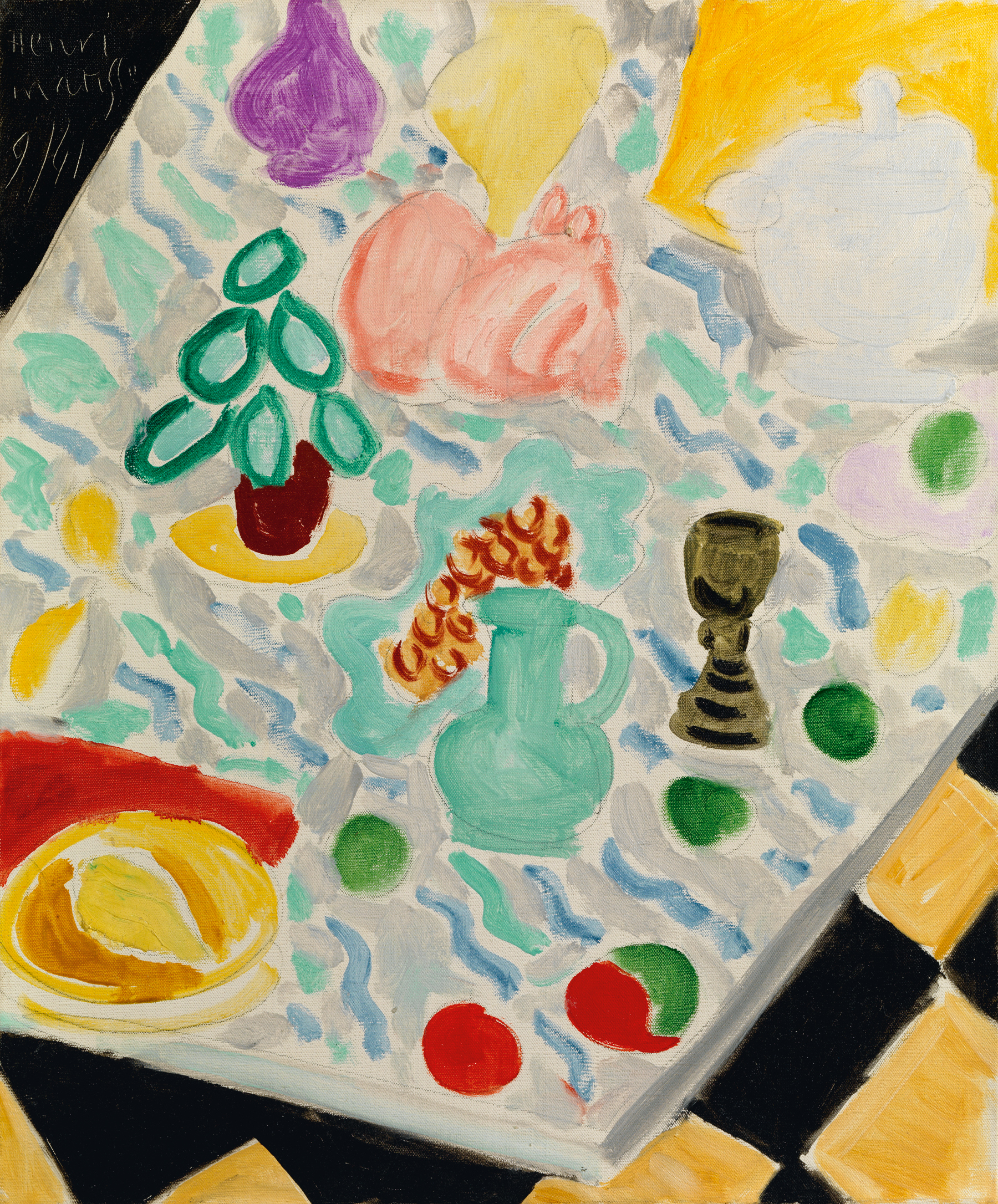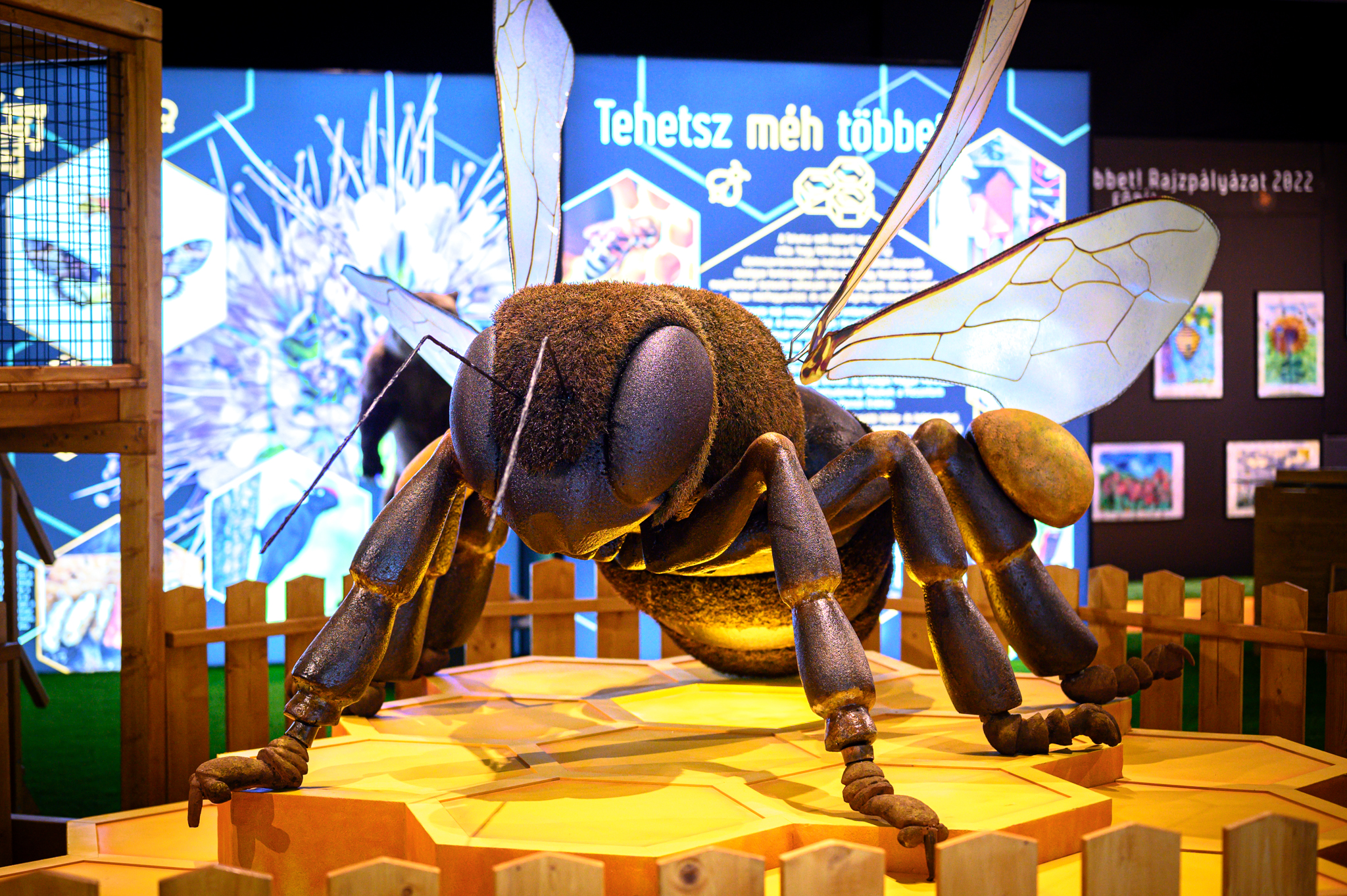1/7
Hieronymus Bosch
Between
Heaven and Hell – the Enigmatic World of Hieronymus Bosch presents nearly 90
works of art. Only ten are by the Dutch master himself,
almost half his total oeuvre, in fact, but they still leave you mesmerised as
you step out of the doors of the Museum of Fine Arts. Laid out in seven
sections, the exhibition opens with darkness right from the start, not
necessarily in its subject matter, but the dark-blue wall and dim
lighting bring out the insights of a devilish and angelic medieval
world and the new age that infiltrates it. The
aim is to bring Bosch's world to life, to evoke the spiritual and visual
culture of the late Middle Ages by presenting ideas about human
existence: interpreting human life as an earthly pilgrimage, with all its
crossroads, sinful mazes and sensual detours. Until 17 July. More details
2/7
From Sisi’s Glove to Stalin’s Ear
Celebrating
the 220th anniversary of the Hungarian National Museum, this summer exhibition focuses on key moments in Hungarian
history. On display will be two historical relics in
particular. One is the glove of the Empress Elisabeth, known and revered here as Sisi. The wife of Habsburg
Emperor Franz Joseph was wearing the garment when she was stabbed to death by an
Italian anarchist by Lake Geneva on 10 September 1898. The other unusual artefact is a fragment of the left
ear from the statue of Stalin that was toppled over and broken up during the 1956
Uprising. In addition to these, the holdings of the museum's
storehouse were expanded to include the royal
seal of Ferdinand V in Hungarian and the farewell letter of General
József Nagysándor, one of the 13 executed by the Austrians at Arad in 1849. For a deeper look at the exhibition, see our longer feature here.
Until
21 August. More details
3/7
Art Deco Budapest
Art Deco
Budapest – Posters, Lifestyle & the City (1925-1938) gives a comprehensive
picture of the characteristic visual
culture between the wars. Furniture, clothing, films and urban spaces all feature, with the focus on Hungarian
poster art and modern metropolitan
life. Most of the more than 250 works of
art are very rarely put on display, or even seen by the
public before. Exhibits reflect everything that
played a role in shaping public taste: the emergence of the new female ideal, the cult of modern
fashion, sport and health, novelties such as cars, radio and talking films, and new forms of entertainment such as jazz concerts and revues. For a more
detailed look at the exhibition, see our longer feature
article here. Until 28 August. More details
6/7
Henri Matisse
Held in
collaboration with the Pompidou Centre in Paris, Henri Matisse –
The Colour of Ideas features more than 150 artefacts,
presenting his work in eight chronological and themed
sections, from the early days to pieces created in the 1950s. The
exhibition at the Museum of Fine Arts also sheds light on the genre diversity
of Matisse's oeuvre, as in addition to around 30 paintings, unique and
duplicated graphic works (with special regard to art books and cover
designs) and 17 sculptures are also on display. In a separate section,
you can see the monumental glass window designs created for the
artist's late main work, the Dominican chapel in Vence. See
our full feature about the exhibition here. Until 16 October. More details
